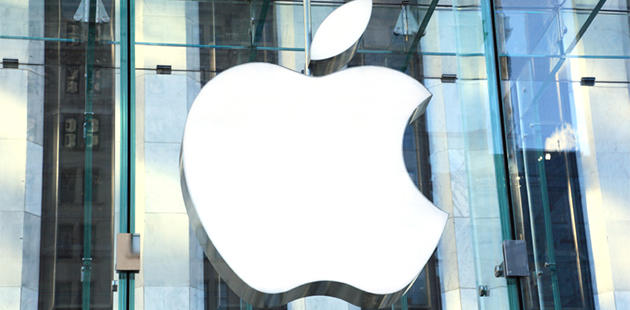Manufacturing Innovation Blog
Powered by the Manufacturing Extension Partnership

This past Spring, I wrote a blog posing the question: “What Would it Take For Apple to Make ‘Em Here?” At the time, Apple was coming under fire for the use of over 700,000 contract manufacturers in nations such as China and Taiwan to produce their most popular products such as the iPad and iPhone. While Apple continues to produce these products overseas, some of Apple’s production is coming back home.
In December, Apple announced that it will invest more than $100 Million in U.S.-based production in the New Year. Some articles have reported that this will include production of a line of iMac computers, and it seems that some iMacs shipped of late are inscribed “Assembled in U.S.A.” (see accompanying image). In an interview with Bloomberg Businessweek, Apple CEO Tim Cook said that “This doesn’t mean that Apple will do it ourselves, but we’ll be working with people and we’ll be investing our money.” So, it appears that Apple will be working with U.S. suppliers in this effort.
Of course, the Mac computer is no longer the key to Apple that it once was. Bloomberg.com reports that “Mac desktop and laptop computers — once Apple’s cornerstone — have been dwarfed by the iPhone and iPad more recently” and that “with sales of $23.2 billion on 18.2 million units last year, Macs accounted for just 15 percent of total revenue.” Meanwhile, Apple will continue to make most of their products, including the aforementioned iPads as well as iPhones, overseas.
A New York Times article about Apple’s decision notes that manufacturers in the electronics, medical device, and automotive industries are making the decision to reshore production back to the U.S. The article cites numerous factors, including increasing labor costs in nations such as China, quality control issues, lower U.S. energy costs, and the supply chain advantages of being close to the American consumer.
A CNN entry on Apple’s decision notes a number of electronics firms, including Lenovo and Google, that have participated in the reshoring trend. The article also cites a 2011 study by the Boston Consulting Group (BCG), which predicts a coming “tipping point” for reshoring by 2015. The study finds that the U.S. could gain two to three million jobs and an estimated $100 Billion in output over the next five years thanks to reshoring among seven industry clusters, including transportation goods, electrical equipment/appliances, furniture, plastics and rubber products, machinery, fabricated metal products, and computers/electronics. According to a BCG press release:
The BCG analysis identifies those broad industry clusters that are most likely to reach a “tipping point” by around 2015 — a point at which China’s shrinking cost advantage should prompt companies to rethink where they produce certain goods meant for sale in North America. In many cases, companies will shift production back from China or choose to locate new investments in the U.S. The U.S. is also expected to become a more competitive export base in these sectors for Europe and Canada.
“A surprising amount of work that rushed to China over the past decade could soon start to come back—and the economic impact could be significant,” said Harold L. Sirkin, a BCG senior partner and lead author of the analysis. “We’re on record predicting a U.S. manufacturing renaissance starting by around 2015. Now we can be more specific about which industries will return and why.”
Will Apple make further reshoring moves, and could an iPad or iPhone bearing an “Assembled in U.S.A.” inscription such as the recent iMacs be in the future? Would Apple have an opportunity to make some or all of an entirely new consumer product — such as a television — domestically? Stay tuned…
About the author
Related Posts
Comments
- Reply


